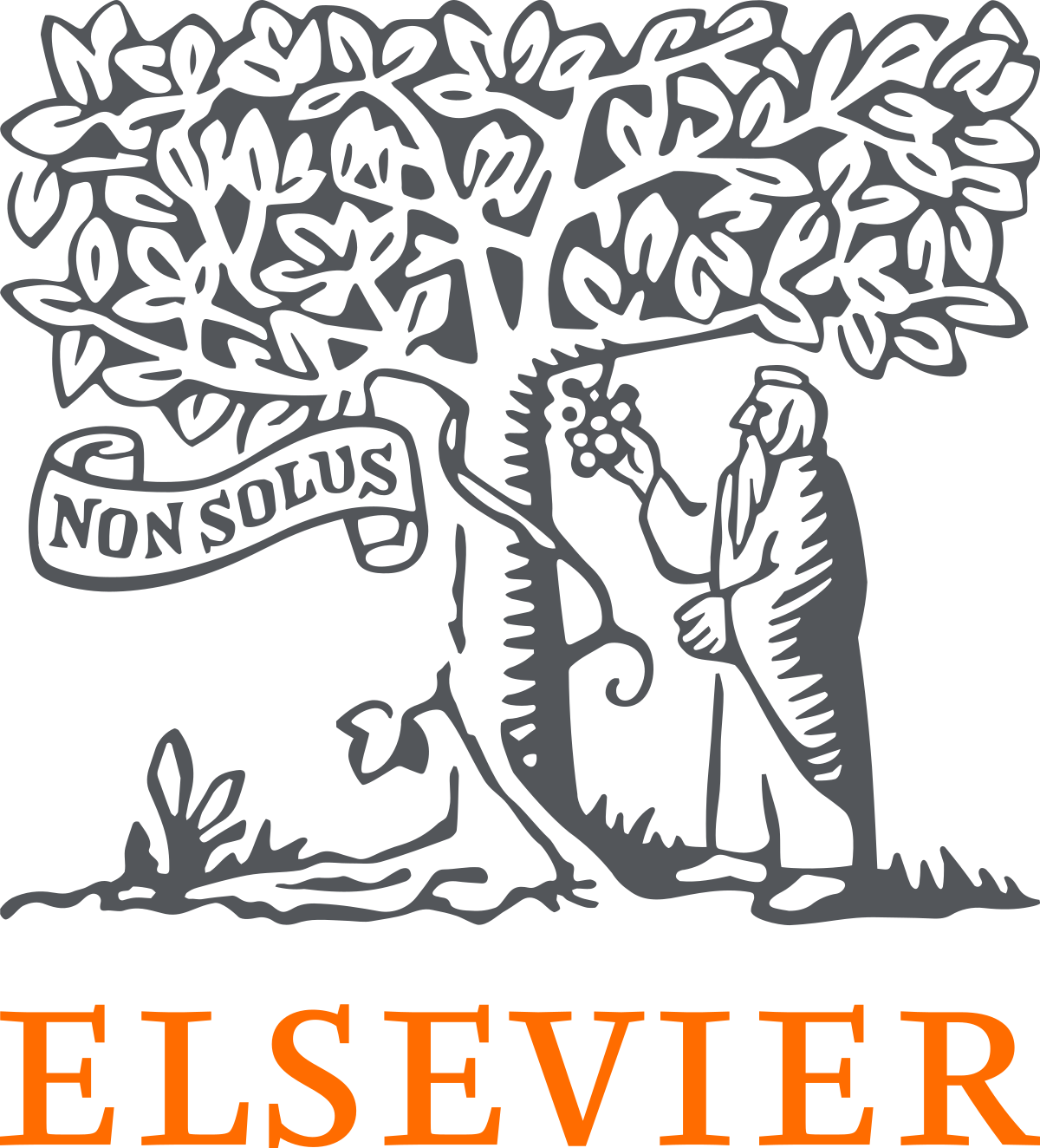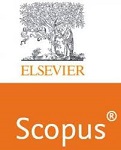TSAO: Twitter Sentiment Analysis Using Deep Learning with Optimization Techniques
Keywords:
Alternative Least Square, Convolutional Neural Network, Language Processing, Sentiment Analysis, WORDNETAbstract
Sentiment analysis is essential for understanding people's attitudes and views about different entities. In this research, proposed Twitter sentiment analysis with optimization (TSAO). Initially the dataset has collected from benchmark datasets. In the data set gathering module, a thorough collection of labeled sentiment data is gathered in order to train and assess the model. The pre-processing module then employs enhanced Part of Speech (POS) labeling with Natural language processing (NLP) and WORDNET to increase the semantic understanding of the text input. To extract relevant features from text for the deep learning training module, a CNN and Dense architecture with Resnet50 are employed. As a result, the model is able to learn sophisticated sentiment patterns and representations. To improve the feature selection method, ensemble feature selection approaches are applied. To find the most relevant and informative features, Elastic Net, Recursive Feature, and Hybrid ML Classifier, which includes the Decision Tree and Random Forest algorithms, are utilized. Optimization approaches are used to fine-tune the model's parameters and improve its effectiveness using the Alternative Least Square (ALS) algorithm. The Ensemble Stacking and Ensemble Voting algorithms are used in the classification phase to combine predictions from several models and enhance overall classification accuracy.
Downloads
References
Abburi, H., Prasath, R., Shrivastava, M., &Gangashetty, S. V. (2017). Multimodal Sentiment Analysis Using Deep Neural Networks. Lecture Notes in Computer Science, 58–65. doi:10.1007/978-3-319-58130-9_6
Alahmary, R. M., Al-Dossari, H. Z., & Emam, A. Z. (2019). Sentiment Analysis of Saudi Dialect Using Deep Learning Techniques. 2019 International Conference on Electronics, Information, and Communication (ICEIC). doi:10.23919/elinfocom.2019.8706408
Al-Dabet, S., Tedmori, S., & AL-Smadi, M. (2021). Enhancing Arabic aspect-based sentiment analysis using deep learning models. Computer Speech & Language, 69, 101224. doi:10.1016/j.csl.2021.101224
Chandra, Y., & Jana, A. (2020). Sentiment Analysis using Machine Learning and Deep Learning. 2020 7th International Conference on Computing for Sustainable Global Development (INDIACom). doi:10.23919/indiacom49435.2020.9083703
Day, M.-Y., & Lin, Y.-D. (2017). Deep Learning for Sentiment Analysis on Google Play Consumer Review. 2017 IEEE International Conference on Information Reuse and Integration (IRI). doi:10.1109/iri.2017.79
De Oliveira Carosia, A. E., Coelho, G. P., & da Silva, A. E. A. (2021). Investment strategies applied to the Brazilian stock market: A methodology based on Sentiment Analysis with deep learning. Expert Systems with Applications, 184, 115470. doi:10.1016/j.eswa.2021.115470
Demirci, G. M., Keskin, S. R., & Dogan, G. (2019). Sentiment Analysis in Turkish with Deep Learning. 2019 IEEE International Conference on Big Data (Big Data). doi:10.1109/bigdata47090.2019.9006066
Hassan, A., & Mahmood, A. (2017). Deep Learning approach for sentiment analysis of short texts. 2017 3rd International Conference on Control, Automation and Robotics (ICCAR). doi:10.1109/iccar.2017.7942788
H. T. Phan, N. T. Nguyen and D. Hwang, "Aspect-Level Sentiment Analysis Using CNN Over BERT-GCN," in IEEE Access, vol. 10, pp. 110402-110409, 2022, doi: 10.1109/ACCESS.2022.3214233.
Heikal, M., Torki, M., & El-Makky, N. (2018). Sentiment Analysis of Arabic Tweets using Deep Learning. Procedia Computer Science, 142, 114–122. doi:10.1016/j.procs.2018.10.466
Jain, K., & Kaushal, S. (2018). A Comparative Study of Machine Learning and Deep Learning Techniques for Sentiment Analysis. 2018 7th International Conference on Reliability, Infocom Technologies and Optimization (Trends and Future Directions) (ICRITO). doi:10.1109/icrito.2018.8748793
Jangid, H., Singhal, S., Shah, R. R., & Zimmermann, R. (2018). Aspect-Based Financial Sentiment Analysis using Deep Learning. Companion of the The Web Conference 2018 on The Web Conference 2018 - WWW ’18. doi:10.1145/3184558.3191827
Mittal, N., Sharma, D., & Joshi, M. L. (2018). Image Sentiment Analysis Using Deep Learning. 2018 IEEE/WIC/ACM International Conference on Web Intelligence (WI). doi:10.1109/wi.2018.00-11
N. R, P. M. S, P. P. Harithas and V. Hegde, "Sentimental Analysis on Student Feedback using NLP & POS Tagging," 2022 International Conference on Edge Computing and Applications (ICECAA), Tamilnadu, India, 2022, pp. 309-313, doi: 10.1109/ICECAA55415.2022.9936569.
Pasupa, K., & Seneewong Na Ayutthaya, T. (2019). Thai sentiment analysis with deep learning techniques: A comparative study based on word embedding, POS-tag, and sentic features. Sustainable Cities and Society, 50, 101615. doi:10.1016/j.scs.2019.101615
Ramadhani, A. M., & Goo, H. S. (2017). Twitter sentiment analysis using deep learning methods. 2017 7th International Annual Engineering Seminar (InAES). doi:10.1109/inaes.2017.8068556
Roshanfekr, B., Khadivi, S., & Rahmati, M. (2017). Sentiment analysis using deep learning on Persian texts. 2017 Iranian Conference on Electrical Engineering (ICEE). doi:10.1109/iraniancee.2017.7985281
Roy, A., & Ojha, M. (2020). Twitter sentiment analysis using deep learning models. 2020 IEEE 17th India Council International Conference (INDICON). doi:10.1109/indicon49873.2020.9342279
Shilpa, P. C., Shereen, R., Jacob, S., & Vinod, P. (2021). Sentiment Analysis Using Deep Learning. 2021 Third International Conference on Intelligent Communication Technologies and Virtual Mobile Networks (ICICV). doi:10.1109/icicv50876.2021.9388382
Singh, J., Singh, G., & Singh, R. (2017). Optimization of sentiment analysis using machine learning classifiers. Human-Centric Computing and Information Sciences, 7(1). doi:10.1186/s13673-017-0116-3
T. Chen, Y. Liang, T. Huang, J. Huang and C. Liu, "Agricultural Product Recommendation Model and E-Commerce System based on CFR Algorithm," 2022 IEEE 2nd International Conference on Electronic Technology, Communication and Information (ICETCI), Changchun, China, 2022, pp. 931-934, doi: 10.1109/ICETCI55101.2022.9832175.
Yadav, A., & Vishwakarma, D. K. (2019). Sentiment analysis using deep learning architectures: a review. Artificial Intelligence Review, 53(6), 4335–4385. doi:10.1007/s10462-019-09794-5
Ekinci, E., & Ilhan Omurca, S. (2018). An Aspect-Sentiment Pair Extraction Approach Based on Latent Dirichlet Allocation. International Journal of Intelligent Systems and Applications in Engineering, 6(3), 209–213. https://doi.org/10.18201/ijisae.2018644779
Coban, O., Ozyildirim, B. M., & Ozel, S. A. (2018). An Empirical Study of the Extreme Learning Machine for Twitter Sentiment Analysis. International Journal of Intelligent Systems and Applications in Engineering, 6(3), 178–184.
Geethanjali, D. ., & Suresh, P. . (2023). Subjectivity Sentence Level Sentiment Analysis and Classification using Correlation Based Embedded Feature Subset using Machine Learning. International Journal of Intelligent Systems and Applications in Engineering, 11(4), 556–562
Downloads
Published
How to Cite
Issue
Section
License

This work is licensed under a Creative Commons Attribution-ShareAlike 4.0 International License.
All papers should be submitted electronically. All submitted manuscripts must be original work that is not under submission at another journal or under consideration for publication in another form, such as a monograph or chapter of a book. Authors of submitted papers are obligated not to submit their paper for publication elsewhere until an editorial decision is rendered on their submission. Further, authors of accepted papers are prohibited from publishing the results in other publications that appear before the paper is published in the Journal unless they receive approval for doing so from the Editor-In-Chief.
IJISAE open access articles are licensed under a Creative Commons Attribution-ShareAlike 4.0 International License. This license lets the audience to give appropriate credit, provide a link to the license, and indicate if changes were made and if they remix, transform, or build upon the material, they must distribute contributions under the same license as the original.





